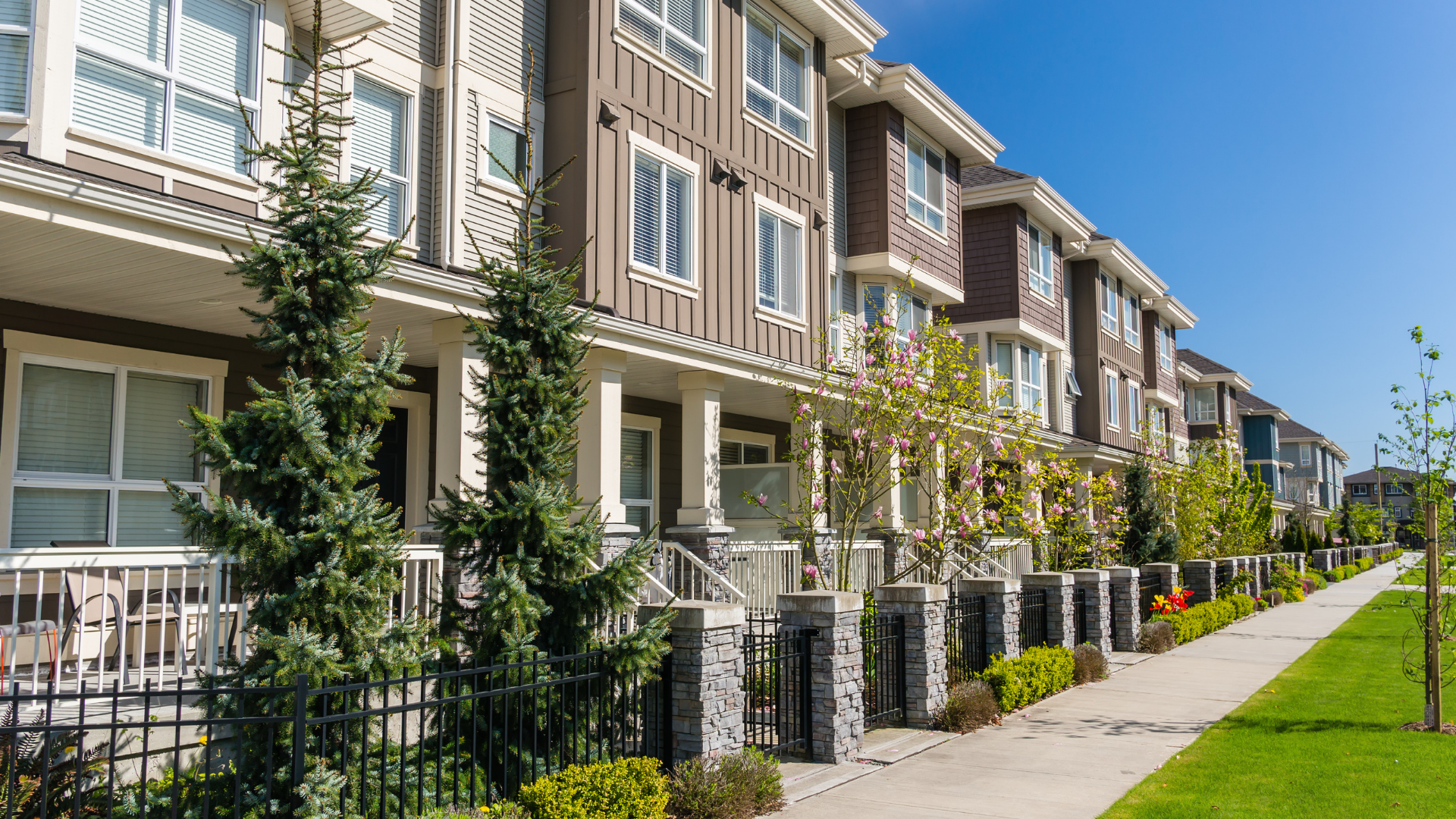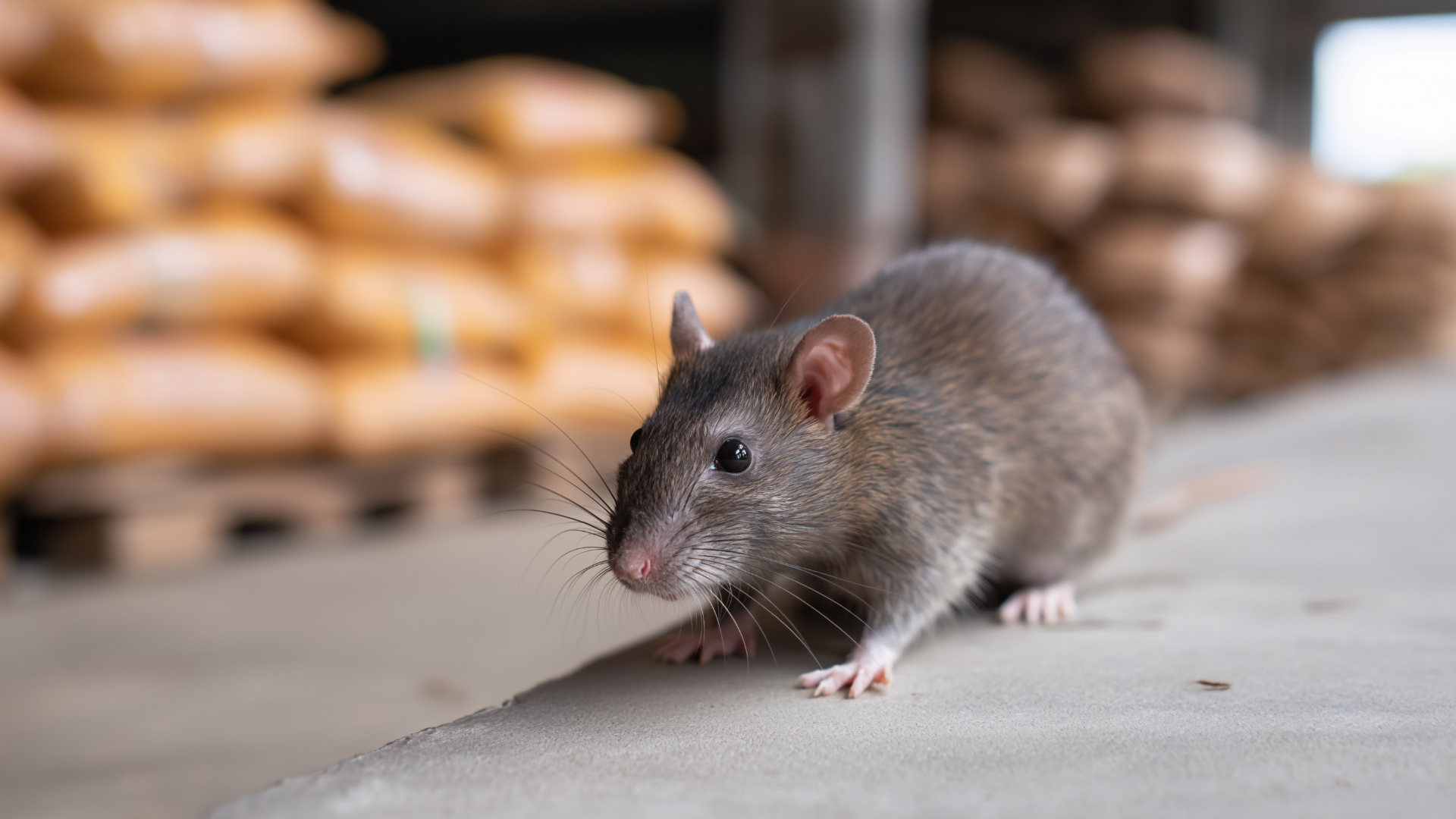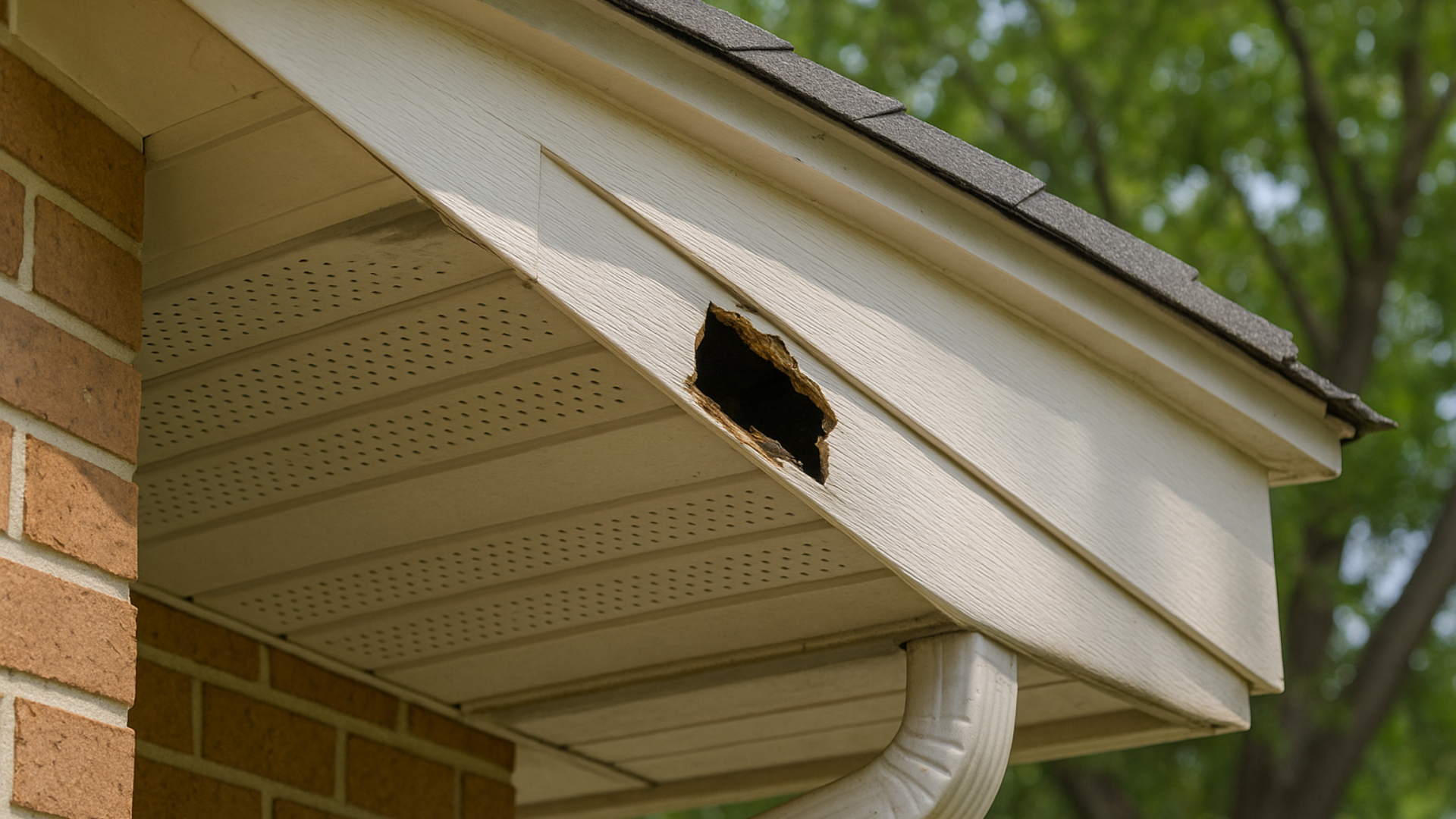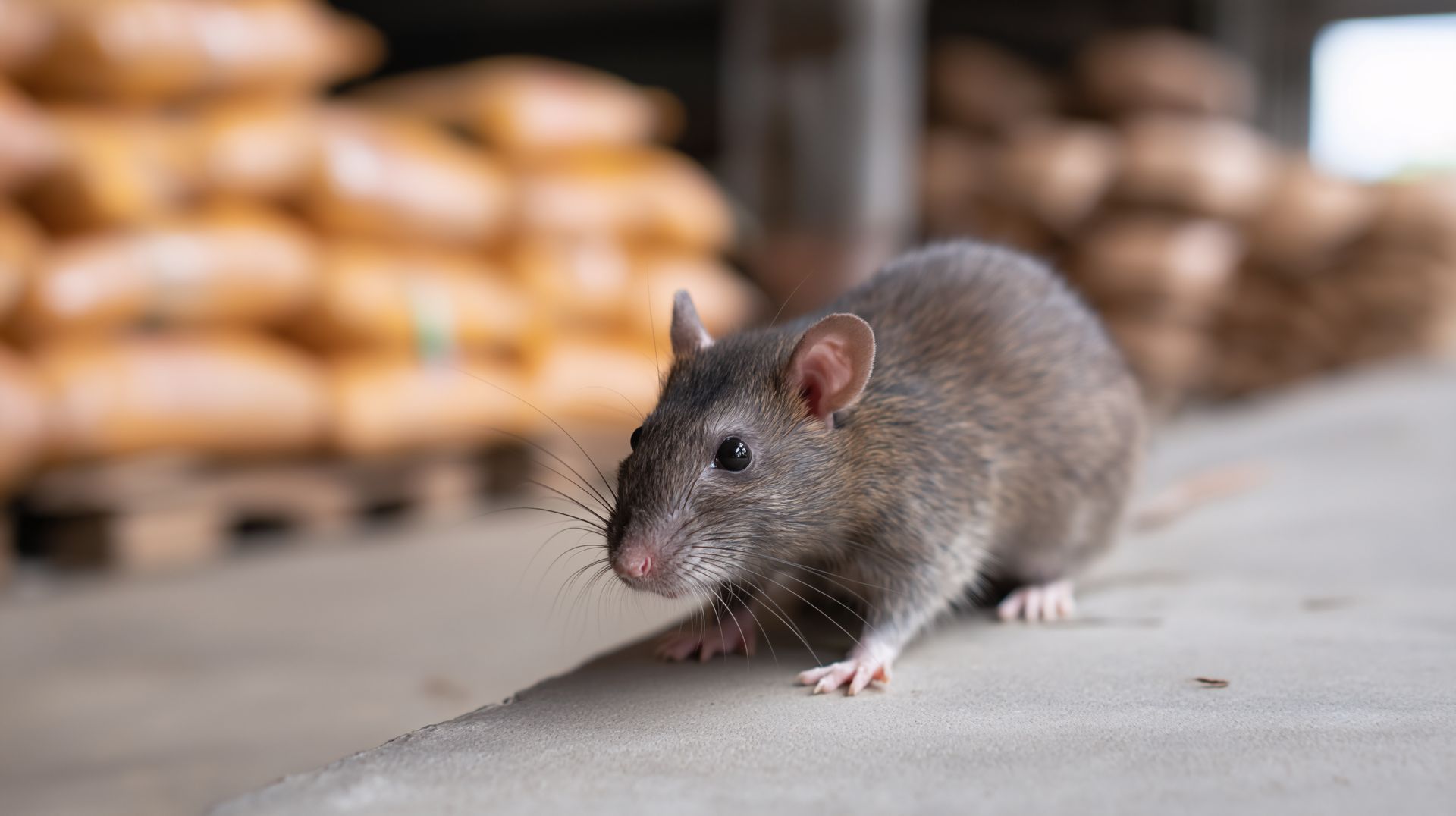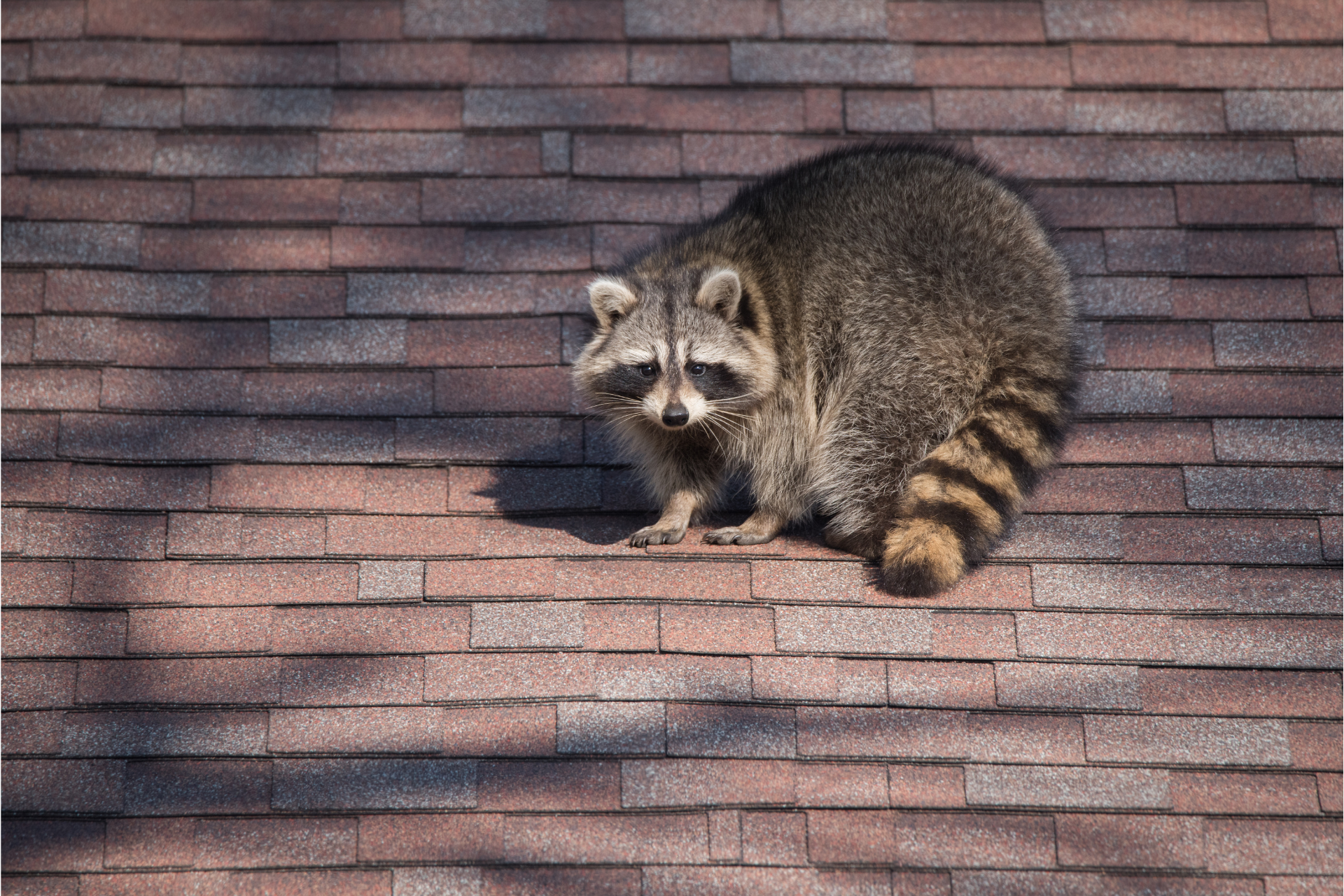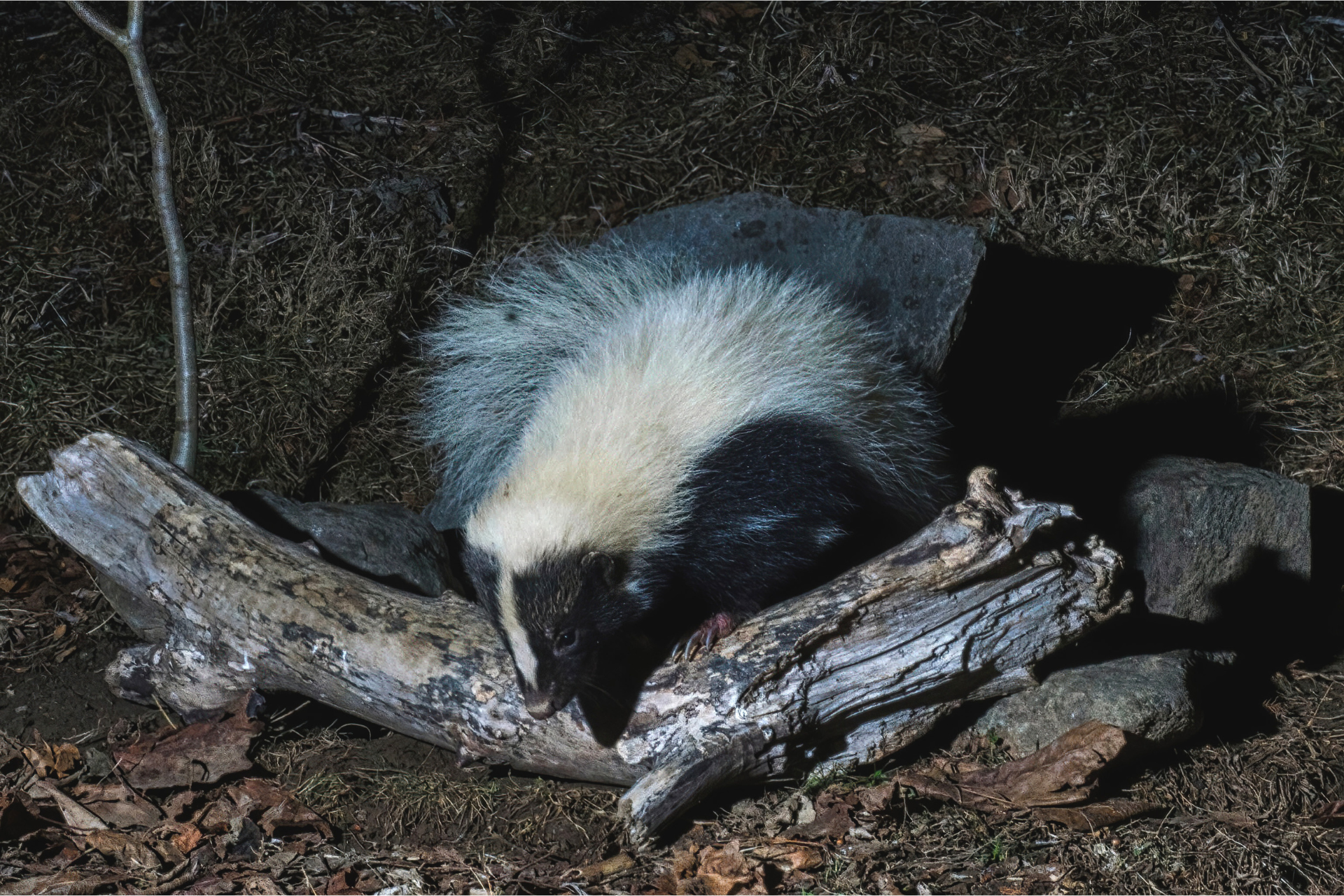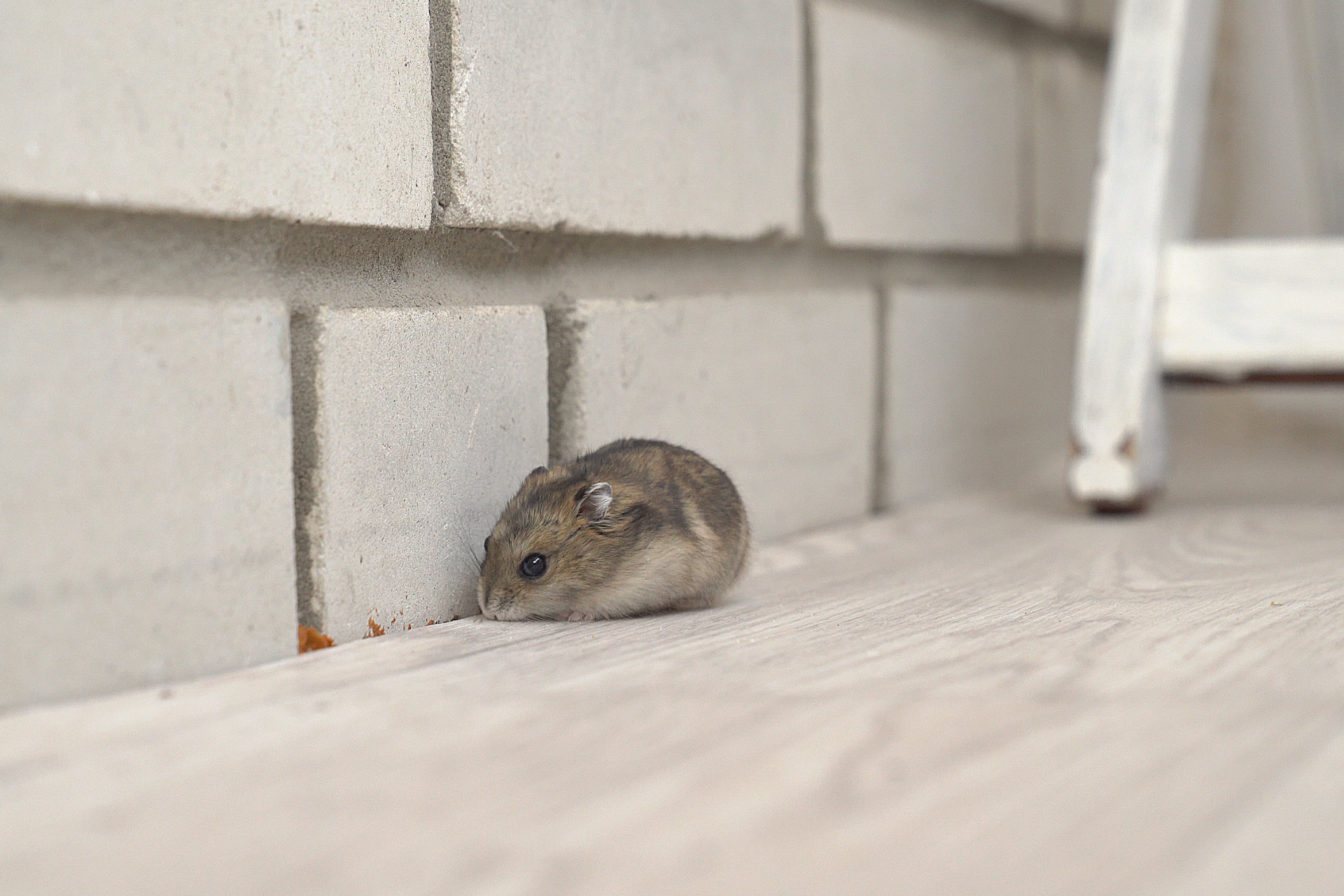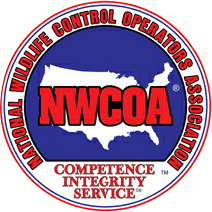Wildlife Threats To Backup Generators And Infrastructure
Protecting Electrical Systems From Nesting Animals
Backup power systems tend to sit quietly behind commercial buildings, doing their job without attracting much attention. They aren’t usually seen as vulnerable spots, yet wildlife often targets them for nesting, chewing, sheltering or simply exploring. Those small intrusions can lead to costly malfunctions, outages or equipment deterioration. Commercial properties that rely on uninterrupted power for operations, climate control, refrigeration, medical systems or data management can find themselves dealing with unexpected headaches when animals interfere with generator enclosures or electrical components.
Wildlife interacts with generator sites for a handful of reasons, but curiosity and survival drive most of it. Birds look for sheltered, elevated places to build nests, especially when enclosures create warmth during certain seasons. Rodents slip into tight spaces searching for materials and food sources. Those behaviors can seem minor at first glance, yet they create an environment where wiring becomes damaged, control panels short out, or housings deteriorate faster than they should. Each of those issues can trigger operational failures, and when backup power becomes compromised, business continuity is put at risk. Understanding why animals are drawn to these locations and how their actions affect equipment helps highlight why professional attention is important for long-term reliability.
Generator Enclosures As Unexpected Havens
Generator enclosures offer a mix of warmth, shelter and hidden access points that appeal to wildlife. Many commercial generators produce residual heat as they run periodic test cycles, and even minor warmth attracts small species when the surrounding environment is cold or damp. Birds see the structure as a protected perch where their nests are shielded from wind and rain. Rodents push through ventilation gaps or chew through soft edges because those areas feel secluded enough for nesting. Once inside, they move around the machinery with little obstacle, turning corners of the structure into long-term living spaces.
When nests accumulate inside an enclosure, airflow becomes restricted. Birds tend to bring sticks, grasses and miscellaneous debris, packing it into tight spaces. That buildup leads to uneven ventilation, and generators rely on consistent airflow to regulate temperatures. Rodents introduce shredded insulation, leaves and scraps of fabric, which gather near fan housings or tucked-away corners. As these materials gather, equipment begins to run under conditions it wasn’t designed to withstand. That can reduce performance long before an operator notices anything is wrong.
Rodents also chew relentlessly. Their teeth grow continually, so they gnaw on wiring, soft insulation and vulnerable rubber components. Even a small section of exposed copper or a partially severed line can cause erratic control signals or delayed starts. Many commercial operators only learn there’s a wildlife problem when a generator fails to start during a test cycle, long after the damage has already been done. Birds contribute their own complications, particularly when droppings accumulate. Those droppings can speed corrosion on metal housings or cause blockages near drainage points, which affects the enclosure’s ability to protect the equipment inside.
Control Panels And Electrical Systems As Target Areas
Control panels are appealing to wildlife because they tend to contain warmth, soft wiring and tight areas where animals feel hidden. Rodents are especially drawn to these components because they can enter through surprisingly small gaps. Once inside, they chew on wires, connectors and relay housings with no sense of the consequences. Even slight chewing damage can cause inaccurate readings, tripped alarms or inconsistent generator startups. A single rodent can create enough disruption to render an entire system unreliable.
Electrical components also draw wildlife because of vibration. Many commercial generators vibrate subtly even when they’re idle. Those vibrations can attract rodents and insects, which interpret that sensation as an indicator of interior pathways or shelter. Birds may perch directly on top of control housings or conduit lines, dragging nesting materials into openings where they don’t belong. When birds build nests near these surfaces, debris can work its way down into the panel. That material might not cause an immediate failure, but it interferes with proper airflow and creates a warm spot where rodents and insects soon gather.
Moisture interacts with wildlife damage in troublesome ways. A control panel that has been compromised by chewing might allow dampness to reach areas that must stay dry. Birds often introduce damp twigs or nesting materials during rainy periods. When moisture hits exposed wiring, the likelihood of short circuits increases. That means a generator can malfunction during a storm, which is exactly when it’s needed most. Commercial properties, depending on consistent backup power, often face this problem without realizing wildlife activity is the root cause.
Insects can also be drawn to damaged panels, particularly when small gaps are left behind by chewing or rust. Ants and other small species build colonies in these areas, creating mounds of material that obstruct switches and contribute to overheating. While insects may not inflict the same level of direct physical harm as rodents, their colonies interfere with electrical pathways in ways that lead to irregular system responses. The combination of rodents, birds and insects creates a chain of issues that compound each other, placing commercial electrical infrastructure at ongoing risk.
Infrastructure Vulnerabilities On Commercial Properties
Commercial properties rely on predictable performance from their infrastructure, yet wildlife introduces a degree of unpredictability that isn’t always obvious. Generator pads, conduits and surrounding utility systems are constantly exposed to environmental conditions. Wildlife activity adds another layer of wear. Rodents burrow near wiring routes, which can shift soil enough to create small voids around conduit lines. Those voids can stress the conduits during heavy rain or foot traffic. Birds settle near vent openings and drop nesting materials into exterior systems that rely on open airflow. Even the simple presence of animals near these areas can weaken structural features gradually.
Outdoor electrical infrastructure often sits behind buildings, near dumpsters or in lightly trafficked corners where food scraps, vegetation and shelter attract wildlife. Those conditions build a cycle. Rodents gather near food sources, then explore nearby equipment. Birds roost on rooftops or utility lines above generator housings, dropping materials as they come and go. Each species contributes to an environment where equipment steadily declines due to debris, corrosion or direct interference.
For commercial sites with extensive infrastructure, wildlife interference can spread from one area to another. A generator enclosure that becomes a nesting site might encourage rodents to explore nearby conduits. Birds that settle near control panels tend to expand into adjacent structures. Without ongoing professional intervention, these patterns continue throughout the year.
Backup power systems matter to every commercial property, and intrusive critters can interfere with that reliability far more than most businesses expect. Rodents, birds and insects all seek out enclosures, control panels and exposed infrastructure, causing damage that disrupts performance or prevents generators from activating when they’re needed most. At Wildlife Services, we understand how quickly these problems develop and how important reliable power is to your operations. If animals are disrupting your generator equipment or if you suspect activity near your electrical systems,
contact Wildlife Services today so our team can assess the situation and protect your property’s critical infrastructure.

